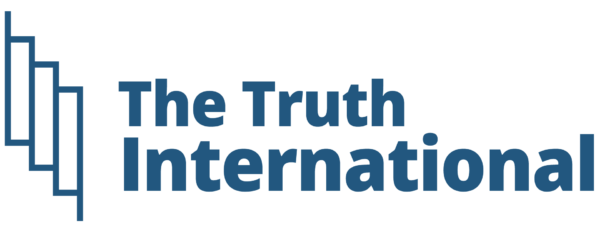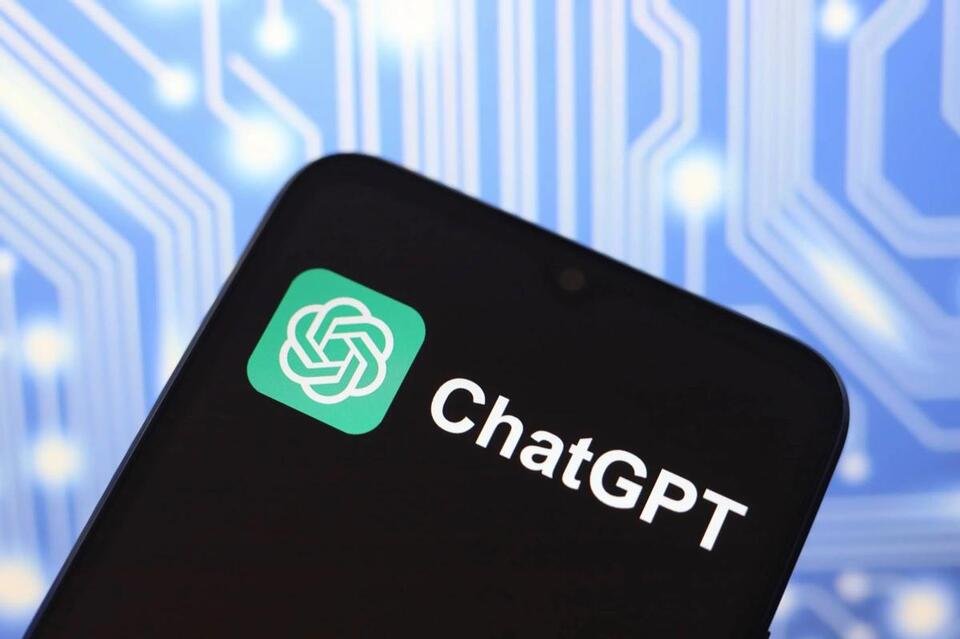OpenAI is reportedly considering the addition of watermarks to images generated by free-tier users of its ChatGPT image tool, a move that could distinguish free content from that of paid users.
The idea surfaced after a developer, Tibor Blaho, discovered a code line labeled “image_gen_watermark_for_free,” hinting that watermarks might soon be applied to images created by non-paying users. The initiative seems to be aimed at encouraging upgrades to the subscription-based version of ChatGPT by limiting certain features in the free version.
This isn’t the first time OpenAI has looked into watermarking its AI-generated content. While the company previously worked on watermarking tools for text output, it hasn’t officially confirmed plans for image watermarking yet.
Critics argue that visible watermarks might diminish the user experience and reduce engagement, particularly among casual users. On the flip side, watermarking could help OpenAI monetize its services more effectively by nudging users toward premium subscriptions.
What form these watermarks will take remains unclear. Some speculate they could follow a more subtle approach similar to Google’s method, which slightly alters pixels in a way that doesn’t visually disrupt the image but can be algorithmically detected.
The possible move raises ethical questions, especially if unmarked images become exclusive to paid users. This could blur the line of content ownership and raise concerns about the transparency and authenticity of AI-generated visuals.
So far, OpenAI has not officially announced the feature or provided any timeline for its release. Whether it will be implemented may depend on user feedback and further internal testing. The topic could gain traction if discussed publicly, particularly if users voice their opinions directly to OpenAI CEO Sam Altman on social media.










